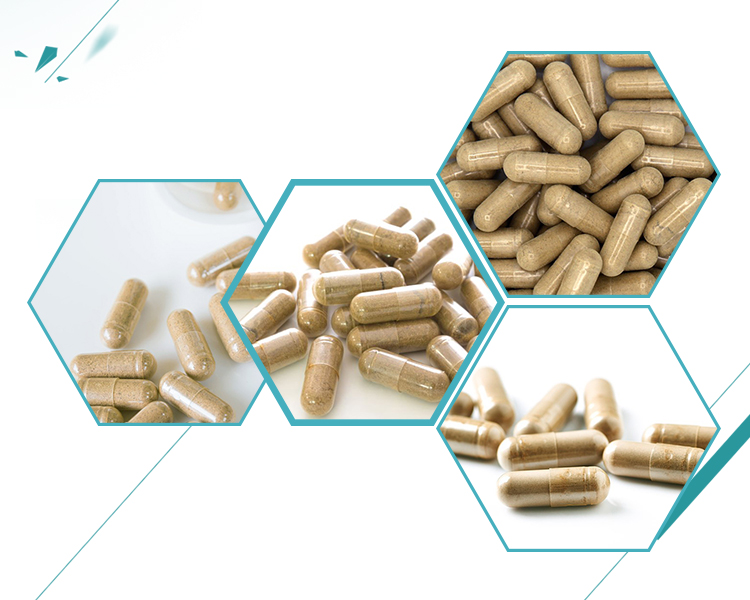Ashwagandha capsules typically contain dried and powdered Ashwagandha root or root extract. The chemical composition of Ashwagandha can vary depending on factors such as growing conditions, harvesting methods, and processing techniques. However, typical constituents of Ashwagandha include:
1.Alkaloids: Such as somniferine and anaferine.
2.Withanolides: Including withaferin A, withanolide A, withanolide B, withanolide D, etc.
3.Saponins: Particularly sitoindosides and withanosides.
4.Flavonoids
5.Tannins
6.Sterols
7.Amino acids
8.Sugars
9.Minerals

Physical properties of Ashwagandha capsules can vary depending on the formulation and any additional ingredients added. However, here are some general properties:
1.Color: The color of Ashwagandha powder is typically light to dark brown, reflecting the color of the dried root.
2.Odor: It has a characteristic odor, often described as earthy or slightly pungent.
Taste: The taste can be bitter and slightly astringent.
3.Solubility: Ashwagandha powder is not very soluble in water but can dissolve better in alcohol or other organic solvents.
4.Density: The density of Ashwagandha powder varies but is typically around 0.5-0.7 g/cm³.
Particle size: It can vary depending on the manufacturing process, but generally, it is a fine powder.
5.Moisture content: Typically, Ashwagandha powder has low moisture content to prevent microbial growth and maintain stability.

Ashwagandha is known for its adaptogenic properties, which means it helps the body adapt to stress and promotes overall well-being. It has been studied for its potential benefits in reducing stress, improving cognitive function, boosting immunity, and enhancing vitality. However, like any supplement, it’s essential to consult with a healthcare professional before use, especially if you have any underlying health conditions or are taking medications.
